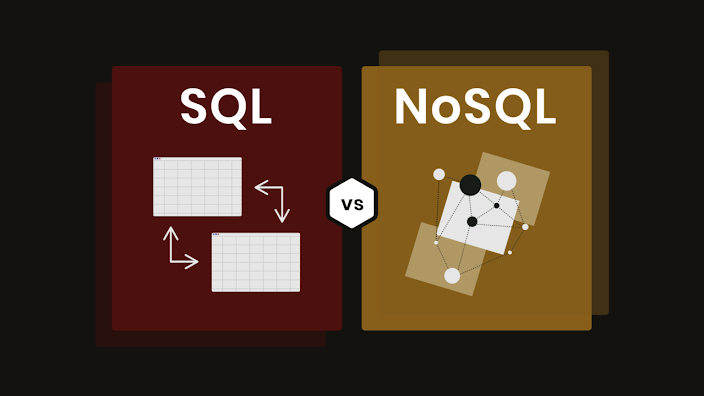Why is Full Stack Development Important?

In today’s fast-paced digital world, businesses constantly seek innovative solutions to stay competitive. Full Stack Development, the ability to work on both the front-end and back-end aspects of an application, has emerged as a cornerstone of modern software development. It bridges the gap between user experience and functional implementation, making it a valuable skill set in the technology landscape. Here’s why Full Stack Development holds such importance: Versatility in Development Full Stack Developers possess expertise in multiple technologies, enabling them to handle a wide range of tasks. From designing intuitive user interfaces to managing databases and server-side logic, these professionals can manage an entire application’s lifecycle. This versatility streamlines development processes and reduces dependency on multiple specialists. Cost Efficiency Hiring separate front-end and back-end developers can be expensive, especially for startups and small businesses. A Full ...


